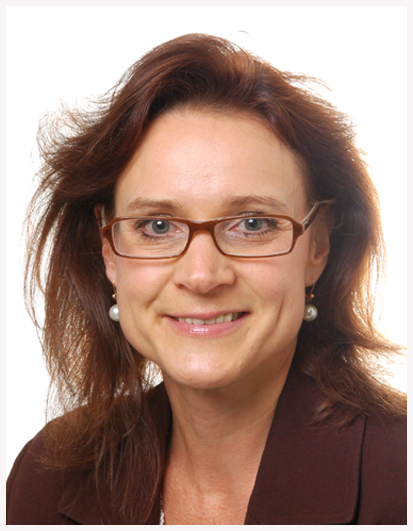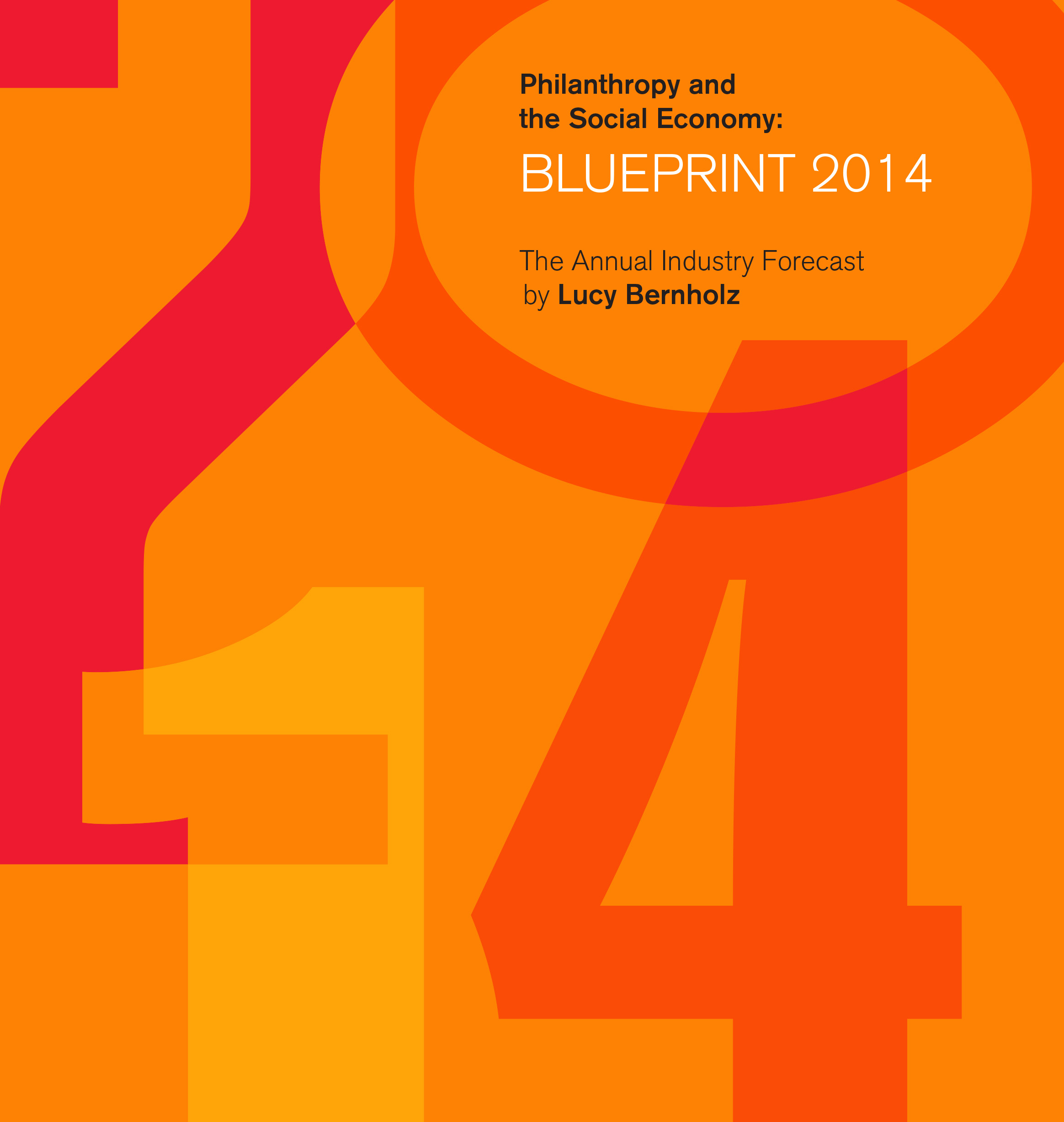Slimming Down and Shaping Up: No Easy Solution
Reactions to Lucy Bernholz’s Blueprint 2014
I’m dieting right now, which seems counter intuitive given the season and all the temptations. It’s a struggle, unpleasant, and makes me face my contradictory behavior. Yet, in spite of all my frustrations, I’m already seeing the results: by losing nearly 10 pounds in 1 month, my objective is becoming real.
Food and France go hand and hand. So it’s not too difficult for me to relate my personal food experience to what I’m observing in the changing role of government and philanthropy in France. Public good has been entrusted to the government since the late 18th century. Social services, culture, and education are all carried out to a large extent by government bodies. However, over the past 10 years, a number of fiscal laws and regulations have been put in place for foundations and the nonprofit sector to encourage private participation in public good sectors to reduce government spending. It is definitely an uncomfortable dynamic laden with tension and struggle, but the ultimate objective of using more private resources (time, money, and talent) for public benefit is becoming real. Scientific research, higher education and the cultural sector (namely large museums) are some examples. The biggest institutions are leading the way to realize this goal in France.
Lucy Bernholz indicates in her recent Blueprint that the distinguishing factor between the United States and Europe is the latter’s emphasis on values and governance practices. In France, governance and the hierarchy of values are indeed very different from the U.S. France is comfortable with a strong centralized state with top down decisions. However, times are changing. The increasing importance of philanthropic institutions and their relationship to government have not yet struck a comfortable balance and often vacillate between working together and extreme tension. These institutions include operating foundations, distributive foundations, or nonprofit organizations operating in France or internationally in health, higher education, environment, emergency aid, or development for example. This trend illuminates buzzwords I have often heard over the past 2 years: schizophrenia, illisibilité (illegible – literally unreadable) and millefeuille.
I’ll start with my favorite: millefeuille – the layered pastry with cream filling that I can no longer indulge in. It is used to indicate that rules and regulations are not replaced but are added on to, forming an “interesting” complex mix. This is related to illisibilité – you can’t really tell what’s in it, so it is the unfortunate expression of schizophrenia that manifests the contradictory regulations and governmental practices occurring in the nonprofit sector. The struggle is real between tax regulation, the role of government bodies, and the necessity to change the environment in which nonprofit sector actors operate.
There are too many inconsistencies, differing practices, and restrictions to encourage stable widespread nonprofit entrepreneurial undertaking. It makes it quite difficult for small nonprofits to deliver services and find financing. Government funding is decreasing and organizations are told to look elsewhere. However, they are often underfinanced, understaffed, and do not have the human resources or access to key information to apply for grant applications and fulfill the complicated funder requirements. They are required to maintain strict ratios on administrative expenses that do not allow them to develop any innovative fundraising techniques or even develop their fundraising abilities.
Although confusing, a streamlined sector is seriously starting to take shape. In mid-December a parliamentary report commissioned by the Prime Minister was submitted with 20 proposals to simplify administrative and fiscal requirements and improve the nonprofit sector’s ability to operate efficiently, effectively, and transparently. Now, the question is the timeframe and the new buzzwords.
We will see if the proposals will turn into concrete changes that favor the nonprofit organizations’ development quickly and coherently over the next year. That’s just enough time for me to cut down and stabilize.


